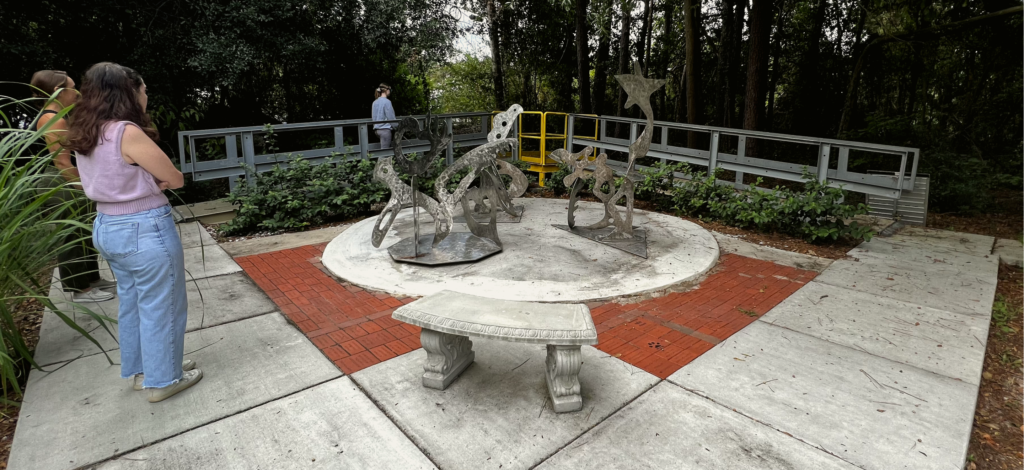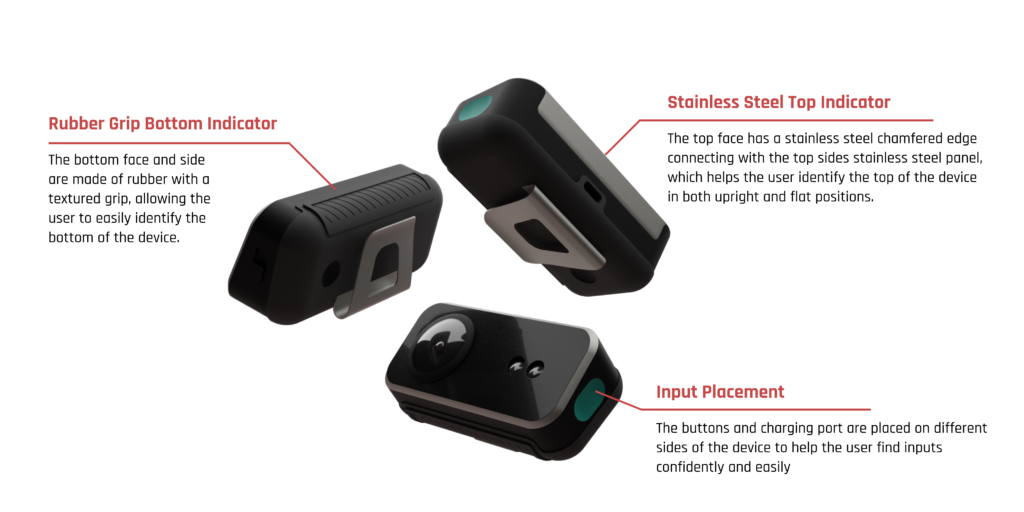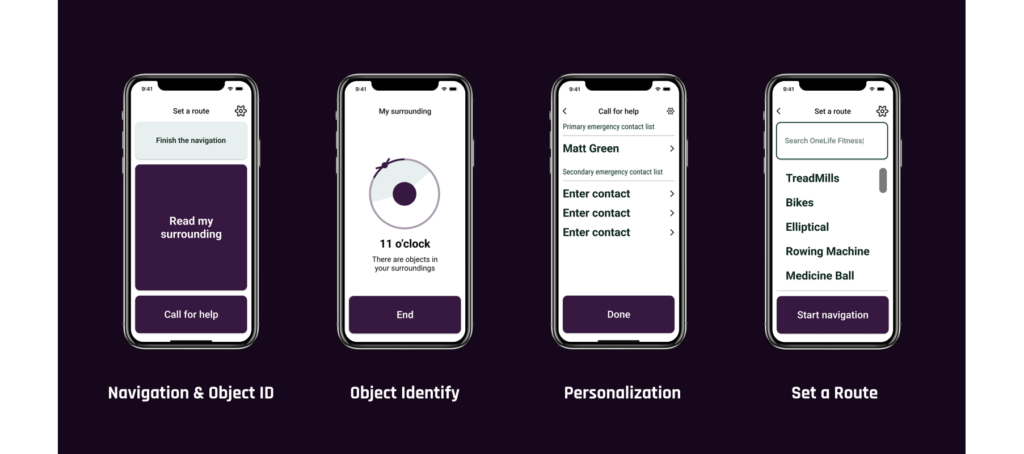Why Reebok
Our team was tasked to discover and explore a brand that, in recent years, has struggled to drive business and consumer satisfaction. We were prompted to design a product or digital service to help revive business and potentially open new doors for the brand.
In the ’80s and ’90s, Reebok led the way in athletic footwear with their innovative footwear, such as the freestyle and Pump, which brought in big-name endorsements in various sports, including Tennis, basketball, football, and hockey. Their lead over the industry ended In 1990 when Nike officially surpassed Reebok in sales & net income.

Mission
Reebok is dedicated to providing each athlete from professional athletes to kids on the playground- with the opportunity, the products, and the inspiration to achieve what they are capable of
From our research, we found Reebok has pushed for diversity, equity, and inclusion in its brand’s internal affairs, but we found there is a gap in the market for sports products that aid those with disabilities, specifically those with visual impairments.
We want to help the visually impaired feel safe and comfortable in physical activity and help them navigate different sports independently.
We found Blind people choose lower-impact activities and avoid environments that frequently change, such as the gym, because of the heightened navigation challenges.
This limits the sports that they can participate in, which does not aligning with reeboks mission – limiting what they are capable of
How does Insight solve that…
Insight fills in this gap, allows them to navigate these challenging environments, and expands the opportunities to achieve their personal goals as an athlete.
Research
Since none of our team was visually impaired or blind, we started our research with a blindfolded empathy test to get a preliminary idea of what its like to navigate with little to no sight. We continued to grow that sense of empathy through expert interviews where we got to see the techniques, processes, and tools that are used to train visually impaired individuals to navigate physical and digital spaces. Finally, we were ready to talk to an individual with a visual impairment to get a first hand perspective of the challenges they face in the area of athletics.

One of the most interesting things that we learned is, despite the common perception that lack of eyesight significantly hinders ones ability to get around, there are a vast amount of tools and techniques out there that can make the visually impaired adept independent navigators. Some of the most interesting include:
- keeping a straight and upright posture with head facing forward to prevent drifting to one side when walking
- timing the cane so the tip is always opposite the forward foot to feel what is coming in the next step
- using the sound of passing cars for alignment when walking on sidewalks
- Having a guide dog wrap their leash around their owner so they can follow it back to pick up their poop and find the harness handle

The biggest things that we found was that visually impaired individuals were choosing lower impact sports within calmer environments such as tai chi at home instead of going to a gym. This seemed to go directly against Reeboks Mission to provide “each and every athlete” with the means “to achieve what they are capable of.” They are definitely capable of exercising in a gym, but the challenging environment combined with the lack of appropriate tools for the gym space deters them from reaching their potential. This is were our product can help…
Reebok Insight
Reebok Insight is a wearable device that can be attached to the chest during a workout session. It monitors surroundings and guides individuals through the space to make them feel comfortable and safe navigating through physical activity.
My role – Defined design direction and physical device
My role as the UX Engineer was to make sure all of our decisions such as interactions, materials, and technology all connected back to our research in order to create a feasible and unique solution that is valuable to our users.
We analyzed the required features based on our research and defined the essential components involved in the devices functions. We decided the best place for the device to have a clear view of obstacles from head to toe while not inhibiting mobility was on the user’s chest. The placement of buttons and materials was decided based on accessibility considerations to help them orient and operate the device faster and confidently.
How
Features
LiDAR
To detect obstacles during a workout session, the insight uses LiDAR to map out the space ahead of the user which through voice feedback tells them where they’re oriented in the space. The advantage of this is that things that a change such as dumbbells on the floor can be identified and avoided in real time. The disadvantage is that a person is only going to go where their workout takes them, leaving gaps in the map where they haven’t been. This is where crowdsourced post-processing can help…

After the workout, the partial map is combined with other people’s maps from previous sessions to complete the map of the entire space. Comparing overlapping sessions with machine learning, more information can be given to the user in future sessions, such as new gym layouts or where there’s a higher chance of finding changing obstacles on the floor or overhanging.
A gym could further improve the accuracy of these maps by doing a one-time scan of their gym from their LiDAR-enabled devices.
Camera
The camera is used for object identification, such as people or equipment.
Its also used when the call for help button is pressed.
Call for help button
We realize that we are putting people in more challenging situations with LiDAR and object recognition which isn’t 100% accurate, so it’s still good to have assistance from a person. The call for help button allows a select group of personalized contacts to be called to give guidance.

The app is navigated by using gestures and voice commands, maintaining a consistent layout with large buttons and high contrasting colors for our visually impaired users to easily use.

What reebok gains…
Reebok
Expanding their disability offerings isn’t taking advantage of a disability for praise and attention. It brings them back to their identity in their prime, a company that isn’t afraid to reach out to an underrepresented group because they know they deserve to reach their athletic potential and “…achieve what they are capable of.” Reebok has the opportunity to lead the way deeper into the athletic design for disability and, through doing so, has the potential to become the powerhouse it used to be.
Authentic Brands Group
ABG benefits from the Insights innovation through the application of technology as well as the disability design methodology that can be adapted to all companies in its portfolio.
Team
Additional roles
Vision Video Editor
CAD Model
Product Renders and Animation
